A handful of microreactor designs are under development and they could be ready to roll out within the next decade.
These compact reactors will be small enough to transport by truck and could help solve energy challenges in a number of areas.
Each Nano or Micro reactor would produce between 500 Kilowatts – 1 megawatt of thermal energy for up to 10 years that could be used directly as heat or converted to electric power.
They can be used to generate clean and reliable electricity for commercial use or for non-electric applications such as district heating, water desalination and hydrogen fuel production.
Microreactor Benefits
- Seamless integration with renewables within microgrids
- Can be used for emergency response to help restore power to areas hit by natural disasters
- A longer core life, operating for up to 10 years without refueling
- Microreactors have characteristics that enable rapid deployment and removal
- Microreactors can be “right-sized” to location and are easily scalable
Important Market Developments:
- INL and the National Reactor Innovation Center (NRIC) are enabling developers by providing technical resources, capabilities and a demonstration site
- Technology advancements and experience provide improved microreactor designs
- The U.S. advanced reactor industry is developing several microreactor concepts
- The federal government is supporting development through funding and legislation
- Biden’s proposed spending bill includes $555 billion in clean energy investments, incentives and tax credits that would help the country meet its goal of
reducing greenhouse gas emissions by at least 50 percent by 2030
DOE Microreactor Program
Through cross-cutting research, development and technology demonstration support, by 2025 the Microreactor Program will:
- INL and the National Reactor Innovation Center (NRIC) are enabling developers by providing technical resources, capabilities and a demonstration site
- Technology advancements and experience provide improved microreactor designs
- The U.S. advanced reactor industry is developing several microreactor concepts
- The federal government is supporting development through funding and legislation
- Biden’s proposed spending bill includes $555 billion in clean energy investments, incentives and tax credits that would help the country meet its goal of
reducing greenhouse gas emissions by at least 50 percent by 2030

